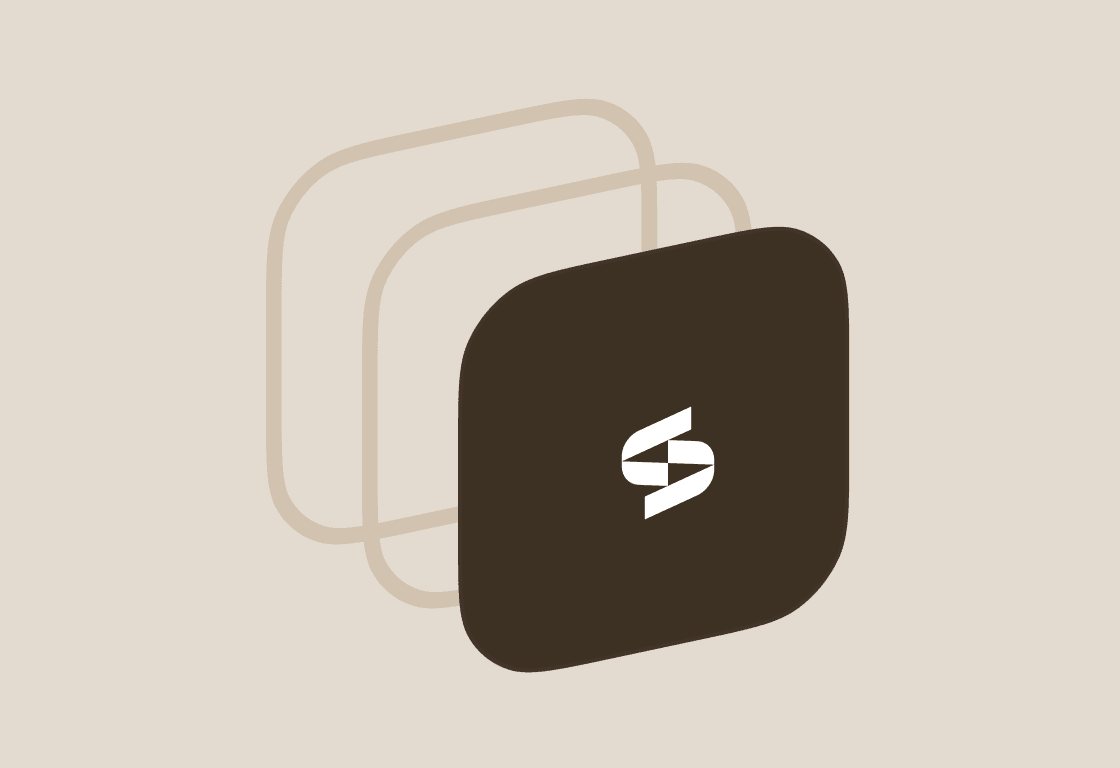If you're in IT, you are familiar with the SSO Tax–the unfair pricing model that hides Single Sign-On behind an expensive enterprise tier.
We argue that while the SSO Tax is frustrating, the SCIM Tax is far more damaging to security, compliance, and budget. To understand why, we need to look at vendor priorities and how their revenue strategy deliberately uses security as a hostage lever.
The SSO tax is dying (and weakening the SCIM vs SSO Tax leverage)
The traditional SSO Tax works by gating SAML/OIDC behind a high-cost tier. Vendors recognize that requiring a password for every new tool is massive friction. If they gate SSO, they force the security team into a high-stakes negotiation.
However, the SSO Tax is rapidly becoming irrelevant for several key reasons:
- Consumer SSO is the workaround: Most SaaS tools offer "Sign in with Google" or "Sign in with Microsoft/Office 365" on their basic or free plans. These identity paths also contribute to long-term visibility issues described in the SaaS Visibility Gap.
- Mid-Market pressure: Companies with 500+ employees typically mandate true SAML/OIDC integration. Vendors know they can lose a deal entirely if they lack basic SSO.
- Productivity vs. Security: While security teams care deeply about SSO, end-users care about it more. SSO dramatically improves login speed and reduces password fatigue. Users complain loudly when it’s missing.
The result is that, due to market pressure and the ubiquity of Google/Microsoft login buttons, vendors are being forced to offer some form of frictionless access on lower-tier plans.
The SSO Tax is weakening, but the SCIM vs SSO Tax imbalance is growing, because vendors still have one high-leverage feature left to monetize.
The SCIM tax: The unique IT vulnerability
The SCIM Tax is different. It is the extra price paid just to enable automated provisioning and deprovisioning, even when the API technology is already built. This feature exploits a unique vulnerability in IT: its invisibility.
This invisibility is why the identity automation gap persists, and why SCIM is the last major upsell vendors can still use effectively.
1. End-users and Security don't notice it, so vendors can gate it.
SCIM automation is an infrastructure feature. End-users and sales leaders don't notice if a license is manually deactivated. Only the IT team and the finance department (after the money is wasted) feel the pain of missing SCIM.
Vendors know this. They can safely gate SCIM behind the highest tier because:
- It does not affect deal velocity (the initial purchase).
- It does not affect user adoption (the end-user experience).
- It only affects the cost, efficiency, and audit risk of the internal IT team.
2. It exploits inertia and fear
By leaving basic, low-cost "Pro" plans without SCIM, vendors guarantee that IT teams will be forced into manual processes, leading to security holes and license sprawl. This is vendor extortion, a revenue strategy we call Ransom Economics.
- Manual mistakes lead to compliance gaps. This fear forces companies to eventually pursue the Enterprise Tier.
- Wasted licenses lead to cost leaks. This financial pain also drives companies toward the Enterprise Tier.
The SCIM Tax is a strategic move that turns IT hygiene into a high-margin upsell opportunity, designed to monetize the internal cleanup process–a process that is non-negotiable for any scaling business.
Why IT gets uniquely screwed (the heart of the SCIM vs SSO Tax problem)
The core of the problem is the differing treatment of friction:
Vendors use the diminishing SSO Tax to win the initial security negotiation, but they rely on the SCIM Tax to guarantee their massive Enterprise expansion down the line.
IT teams are left with a no-win scenario: they must either deal with manual, insecure workflows that guarantee compliance failures, or they must take the budget hit for the $80,000 SCIM Tax ransom, crippling the budget for other projects.
IT is punished for the vendor revenue strategy; this is also why RPA doesn’t help.
The commercial solution is here (and it defeats the SCIM vs SSO Tax entirely)
We believe this is unfair. Basic security infrastructure should not be a profit center.
That’s why Stitchflow doesn’t just provide a technical workaround. We provide a commercial solution that defeats the SCIM Tax entirely. We deliver SCIM-level automation, maintenance, and resilience for a simple, flat fee per app – freeing your budget and your security posture from the vendor's enterprise roadmap.
It's time IT stopped paying the price for the vendor's growth strategy.
Ready to eliminate the SCIM vs SSO Tax?
You don’t need enterprise plans or vendor-controlled pricing to automate provisioning. Stitchflow removes both the SCIM Tax and the SSO Tax from your identity architecture.
Book a demo and see how Stitchflow ends the SCIM vs SSO Tax for good.
Jay has been serving modern IT teams for more than a decade. Prior to Stitchflow, he was the product lead for Okta IGA after Okta acquired his previous ITSM company, atSpoke.



